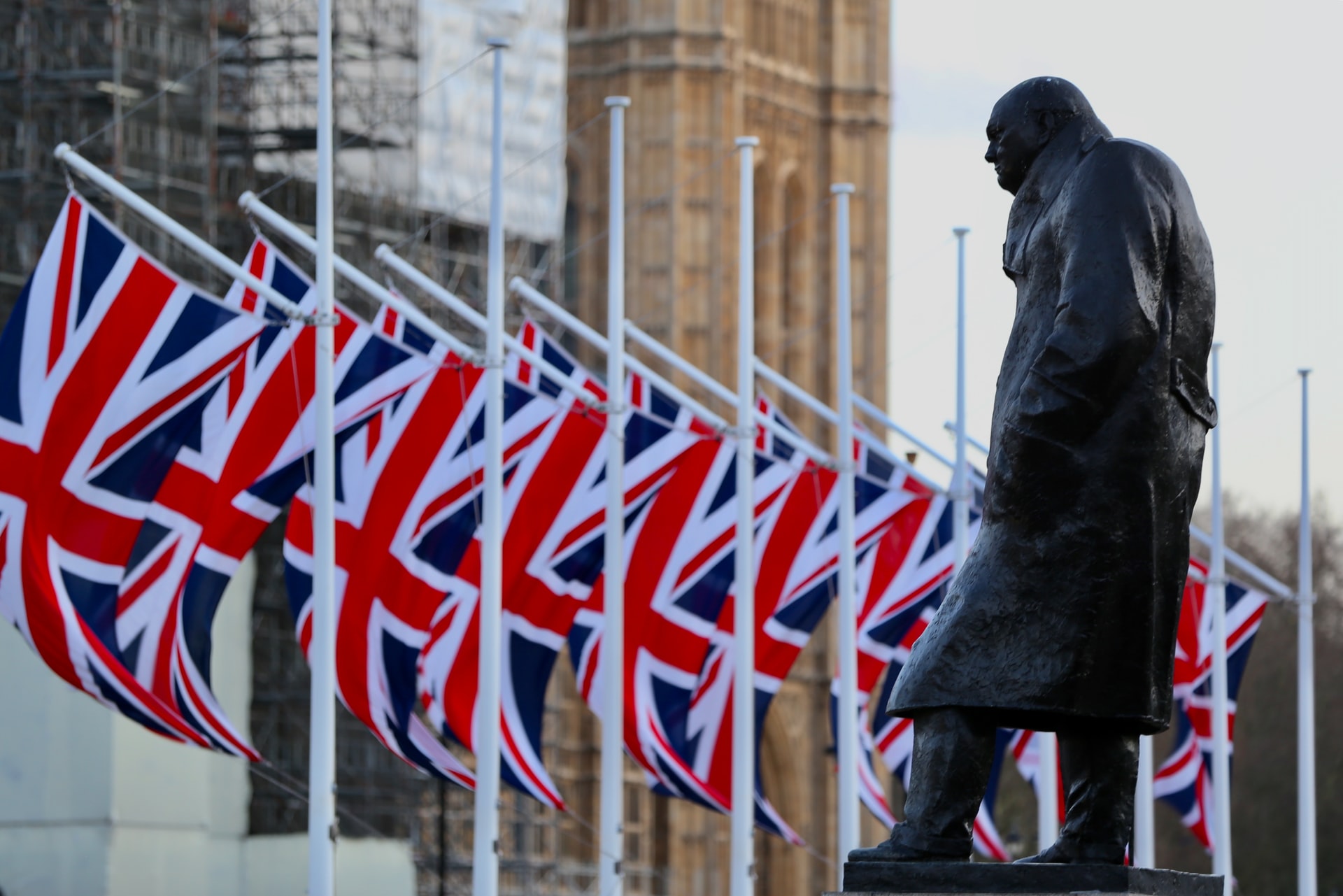The United Kingdom began a charge toward tighter monetary policy among developed nations in 2021, but the pace of rate hikes and whether the Bank of England can increase the pace of balance sheet shrinkage later this year now face uncertainty amid fears of slowing growth. That has caused traders to ramp up their bets against the British Pound Sterling (GBP).
UK inflation jumped to 9% in April and the expectation from the BoE is that it will continue rising into double-digit territory, raising the threat that real rates will fall further into negative territory and weaken the Pound further. A weaker GBP, relative to the US Dollar (USD), could also cause issues for UK-based firms that report their earnings in USD.
Related ETFs: iShares MSCI United Kingdom ETF (EWU), Invesco CurrencyShares British Pound Sterling Trust (FXB)
Despite the Bank of England’s (BoE) relatively aggressive stance toward tightening among other developed economies, their increasingly pessimistic economic projections have begun fueling recession fears and stifling strength in the British Pound Sterling (GBP).
Last December, the BoE became the first major central bank to raise interest rates since the start of the COVID-19 pandemic. Though the bank voted for a fourth consecutive rate hike earlier this month by a vote of 6-3, pushing interest rates to their highest level since 2009 at 1%, Reuters notes monetary policymakers also sent a stark warning that Britain risks a double-whammy of a recession and inflation above 10%.
Just this morning, those projections became a lot more likely as the latest data on British inflation showed a YoY leap to 9.0% in April, its highest annual rate of increase since 1982. That was slightly lower than projections of 9.1% from a Reuters poll, but still knocked the GBP about 0.4% lower versus the Dollar (USD). The producer price index (PPI) of output goods produced by UK manufacturers suggested more inflation is likely on tap, surging to 14% YoY in April. That marks a 14-year high as upward pressure came from nine out of the ten product groups measured.
Low unemployment remains a bright spot in the UK economy, falling to a 48-year low of 3.7% last month, but the cost of living crisis continues to bite working and middle-class families the hardest.
The BoE expects the economy to contract at the end of this year and over 2023. While the bank predicts the UK will avoid two consecutive quarters of contraction, which would qualify as a technical recession, it projects output will collapse by close to 1% in the final quarter of this year. In 2023, annual GDP is expected to shrink by 0.25%. As the Financial Times notes, peak UK inflation will likely come later than in the US or the eurozone as its six monthly adjustment of regulated energy prices means the impact of the Russia-Ukraine conflict on oil and gas markets has not yet fully fed through to consumers.
One factor that may be going overlooked is bank officials’ announcement that they would soon consider initiating the process of actively selling bonds purchased under quantitative easing – a step in that no other major central bank has considered publicly in this wave of tightening. The Monetary Policy Committee have asked bank staff to…
To read the complete Intelligence Briefing, current All-Access clients, SIGN IN All-Access clients receive the full-spectrum of MRP’s research, including daily investment insights and unlimited use of our online research archive. For a free trial of MRP’s All-Access membership, or to save 50% on your first year by signing up now, CLICK HERE










